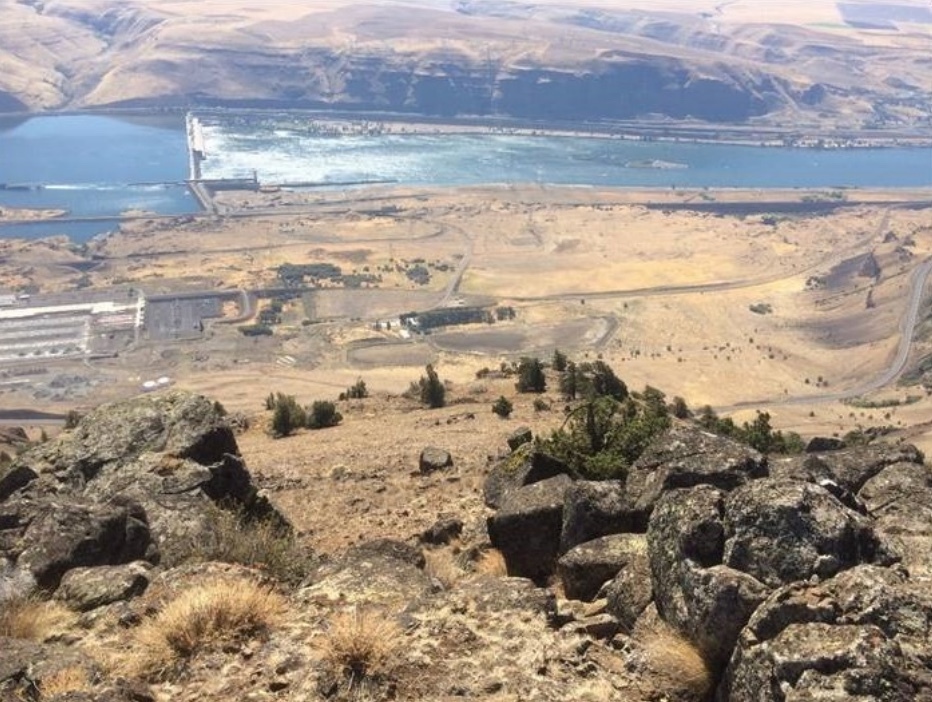By Monica Samayoa (OPB)
Pumped storage hydropower is the greenest renewable energy technology for large-scale energy storage, a new study suggests.
Researchers with the National Renewable Energy Laboratory said closed-loop pumped storage hydropower will have a lower carbon footprint throughout the lifecycle of the technology, from construction to decommissioning, than other renewable energy storage technologies like lithium-ion batteries. Portland Business Journal first reported the study.
Closed-looped pumped storage hydropower uses two water reservoirs located at different elevations, one higher than the other, that generate power as water flows or gets pumped, from one reservoir to another. Closed-looped pumped storage hydropower is not connected to continuously naturally flowing water sources.
As the nation continues to push forward to reduce greenhouse gas emissions and transition from using fossil fuels to limit the effects of climate change, storing renewable energy in batteries or pumped storage hydropower has come up as a possible solution for creating cleaner energy at a large scale. Other grid-scale technologies have proven difficult to create, from gathering essential minerals to finding an area large enough to place these technologies. Researchers said closed-looped pumped storage hydropower could be the answer.
The people conducting the study looked into 35 closed-looped pumped storage hydropower sites that are currently awaiting permitting. Their study also took into consideration the emissions related to materials used for construction, like concrete, sand, steel and gravel, as well as the transportation of these materials to the construction sites.
Researchers concluded that pumped storage hydropower has lower greenhouse gas emissions over other energy storage technologies, like utility-scale lithium-ion batteries and vanadium redox flow batteries.
“Our results suggest that closed-loop pumped storage hydropower is a promising energy storage option in terms of its life cycle GHG emissions and can play a key role toward meeting our nation’s climate goals,” the study concluded.
In Goldendale, Washington, a proposed pumped storage hydropower facility would provide energy to power the city of Seattle for 12 hours but would have environmental impacts and likely damage sacred Indigenous sites. Earlier this year, federal regulators sought public input on the proposed facility after releasing documents that outlined those environmental and tribal impacts.
Such implications and difficult decisions have led researchers from Portland State University to study the positive and negative impacts of the clean energy transition on communities, wildlife, water and land. Researchers are hopeful that their findings could help build a bridge between communities most impacted by these projects and increase their involvement in clean energy projects.



